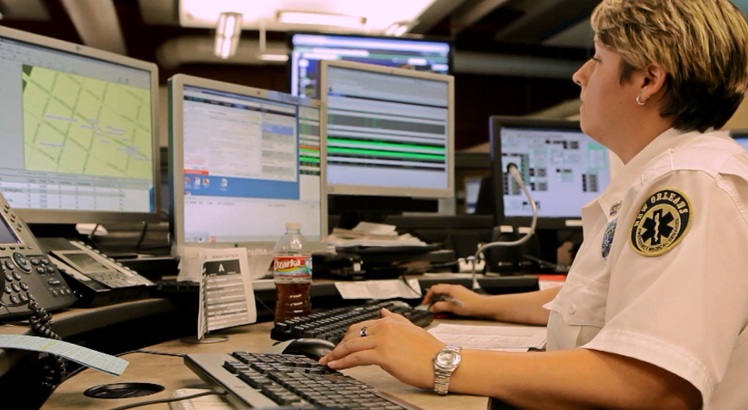Create innovative, transformative improvements with the Internet of (Your) Things

While my first blog of the New Year challenged one of IDC Government Insights’ tech predictions for cities and counties, this post affirms another IDC projection for 2015:
Internet of Things
By 2018, researchers believe local government investment in IoT initiatives will represent more than 25 percent of all government external spending in the area.
I wholeheartedly agree that IoT will be a significant driver of local government technology in 2015 and beyond. Microsoft’s Susan Hauser concurs, predicting that IoT will go
mainstream in 2015. “IoT is not just about connecting ‘things’ anymore,” she said. “The challenge … will be to harness (the nearly unlimited amounts of IoT-generated data) to act on key insights, improve customer service, reduce time to market, enable new innovation in product and services development, and transform (into) new business models and revenue streams.”IDC and Susan’s 2015 predictions provide a wonderful lead-in to a few examples of how our Microsoft CityNext initiative and Microsoft technology are
being used by our partners to develop innovative public sector IoT projects:
- Carnegie Mellon University’s Center for Building Performance and Diagnostics faced a challenge in optimizing energy efficiency and building management since every structure (let alone multiple facilities) has an array of complex control systems, each with its own sensors, interfaces and data storage. Enter the PI System from Microsoft Global ISV partner OSIsoft. Based on Power BI for Office 365 and the Windows Azure platform, the PI System integrates all building automation systems as well as lights, ventilation, air quality, weather and security data sources to provide insight into performance through a real-time energy dashboard – and cutting energy consumption by 30 percent. Read more in this compelling case study.
- My colleague Jeff Friedman recently described http://www.eastbanctech.com/’ SnowTrax, a cloud-based monitoring system running on Microsoft Azure, allowing cities and their contractors to monitor the location and work of snowplows, the status of snow cleanup and provide real-time information to citizens about when it’s safe to travel again.
- And, with Mardi Gras just around the corner, I would be remiss if I didn’t mention an IoT solution in one of America’s favorite cities – New Orleans. Orleans Parish Communications District worked with Motorola Solutions to build a next-generation, computer-aided dispatch system using Microsoft technology. The new solution supports the 911 call center and a data warehouse, bringing real-time data to crews in the field, reducing response time, improving service to citizens.
One of the most exciting IoT initiatives is Chicago’s Array of Things, a network of interactive, modular sensor boxes on light poles to gather temperature, humidity, auto and pedestrian traffic, and more real-time data. Chicago city leaders are paving the way for forward-looking cities by providing new opportunities to access public data. I can see Microsoft partners using this data along with emerging tools and services like theMicrosoft Azure Government Platform, Azure Machine Learning and Power BI to develop new capabilities that result in healthier, more livable and efficient cities. These are but a few examples that show IoT technology is rapidly emerging and easily within the grasp of all state and local governments. There’s no reason IoT should beyond the reach of government customers, complicated or overwhelming. With Microsoft CityNext, we can power a new era of innovation that gives governments opportunities to re-imagine the future. Microsoft and our partners believe IoT starts with your things; where “your things” are what matter most to you.




